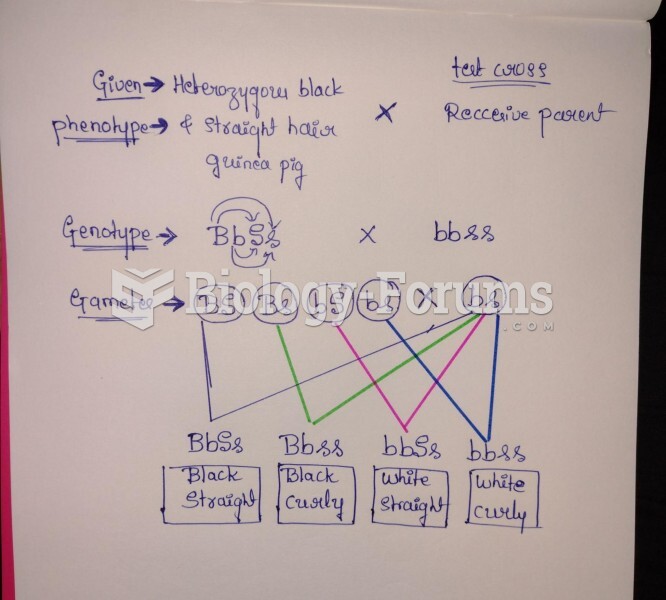Answer to Question 1
The four architectural designs most widely used in American prisons today are the radial, telephone pole, courtyard, and campus styles. The radial design is a wheel-shaped configuration that has corridors that radiate like spokes from a control center at the hub. The prison with a telephone-pole design has a long central corridor serving as the means for prisoners to go from one part of the prison to another. Extending out from the corridor are cross-arms containing housing, school, shops, and recreation areas. A courtyard prison design has corridors that surround a courtyard. Housing, educational, vocational, recreational, prison industry, and dining areas face the courtyard. A campus style design is an open prison design that allows some freedom of movement. The units are housed in a complex of buildings surrounded by a fence.
Answer to Question 2
Advantages include the following: they control inmates with disruptive behavior; they house inmates who are too disruptive and dangerous; and they improve system-wide prison safety, order, and control, as the housing of these offenders removes them from the other prisons.
Disadvantages include the following: excessive levels of pain and harm are often inflicted, there is difficulty in controlling disruptive behavior, mentally ill prisoners are disproportionately represented in these prisons, inmate-to-inmate violence is not reduced, there are harsh conditions of confinement, and there are possibilities that these prisons may be racially motivated because so many African Americans are inmates.







